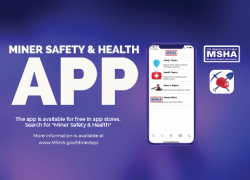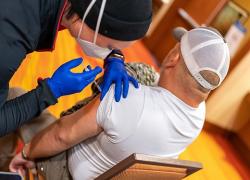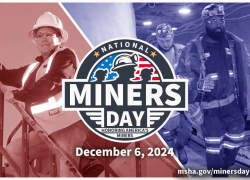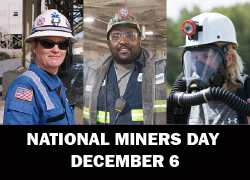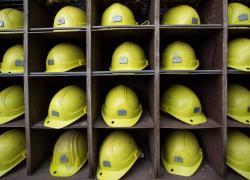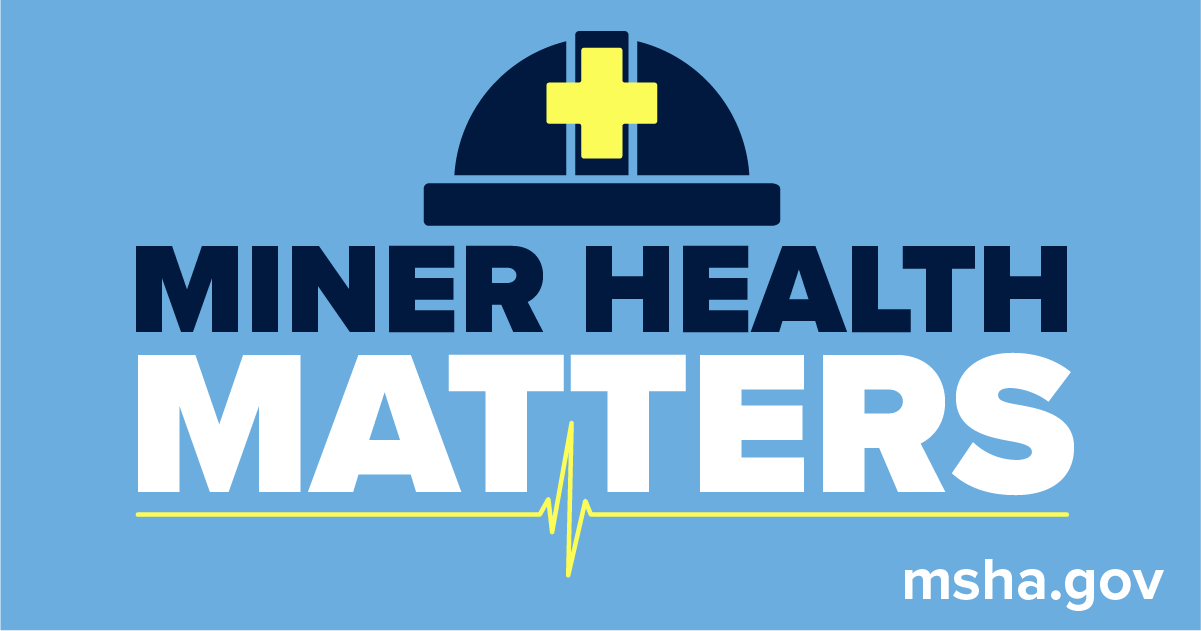
Growing up in a mining community in southern West Virginia, I know all too well when miners are unnecessarily exposed to occupational hazards, they often experience irreversible health problems, pain, suffering and even death. From the moment I became assistant secretary, one of my priorities has been to ensure that miners’ health is considered as important as miners’ safety. That is why I’m proud to announce MSHA’s new “Miner Health Matters” campaign to promote and protect the health of all miners. Through the campaign we will also actively communicate with miners about the importance of maintaining awareness about their health.
MSHA already has several ongoing health initiatives that fall under this umbrella, and you can read more about them on our website. I am also pleased to launch a new initiative focused on improving participation in the Part 90 program. Under existing law – see Title 30 Code of Federal Regulations, Part 90 – coal miners who are sick from unhealthy levels of exposure to silica and coal dust can exercise their rights to continue working in healthier, more protected environments.
We know from the National Institute for Occupational Safety and Health’s Coal Workers’ Health Surveillance Program, investigative reporting and a growing body of health literature that cases of pneumoconiosis are surging. Additionally, health experts have noted a troubling increase in coal miners’ development of more severe forms of pneumoconiosis (e.g., progressive massive fibrosis), including in younger and less experienced miners. Some of them may have small children just like I do, economic circumstances that do not allow them to change careers, or perhaps enjoy continuing a family tradition of mining.
Under Part 90, coal miners who have already developed pneumoconiosis can exercise rights that allow them to continue working in healthier parts of the mine. Unfortunately, our data shows the Part 90 program is significantly underused.
I asked my team to investigate this issue and to explore ways that we can reduce barriers that may be preventing coal miners from choosing to exercise their Part 90 rights. Under this initiative, we are:
- Developing Part 90 education and training materials for labor and industry.
- Partnering with NIOSH to improve and streamline Part 90 communications with coal miners.
- Creating a new website that provides information on Part 90 to raise awareness of the program, improve program accessibility, and provide assurance that miners who exercise their rights will be protected from retaliation.
As we work to educate and raise awareness about Part 90, we know one of the most challenging barriers to this program will always be fear of retaliation or discrimination for exercising Part 90 rights. I know from my work as a labor lawyer that it is never easy for any worker to challenge the boss. However, I want to assure coal miners who qualify for and want to exercise Part 90 rights that they should be able to do so without fear of retaliation. If they are retaliated against, they should file a discrimination complaint with MSHA, and we will do everything under the law to protect that miner.
Through the Miner Health Matters campaign, MSHA also will conduct enforcement and outreach efforts to ensure metal and nonmetal miners working in potentially dangerous mining environments take proper precautions to limit exposure to silica and other dangerous toxins. MSHA personnel will continue to communicate with miners about their rights and the importance of protecting their health whenever we have the opportunity.
I look forward to continuing our work with our labor, industry and government partners to make sure miners can return home safe and healthy to their families and communities at the end of each day.
For more information, visit msha.gov/MinerHealth.
Chris Williamson is the assistant secretary of labor for mine safety and health.

 U.S. Department of Labor Blog
U.S. Department of Labor Blog
